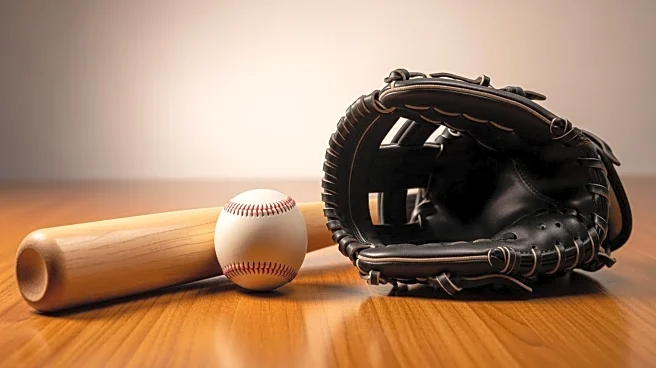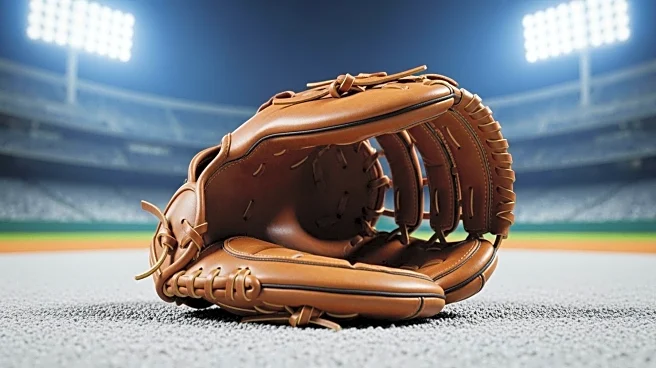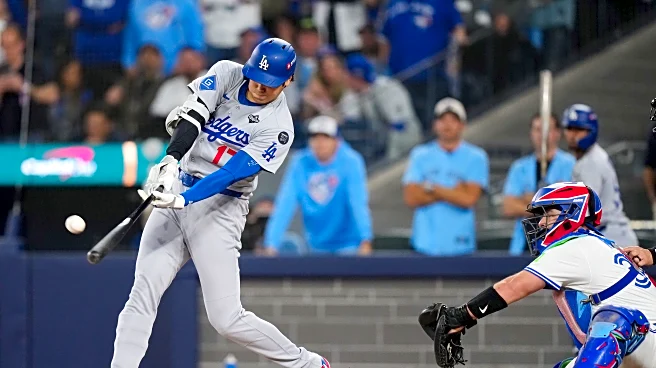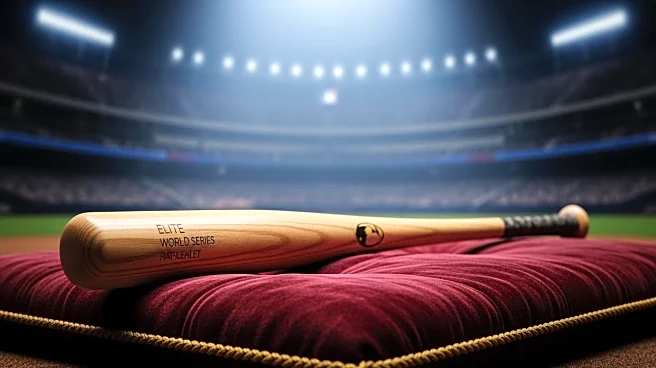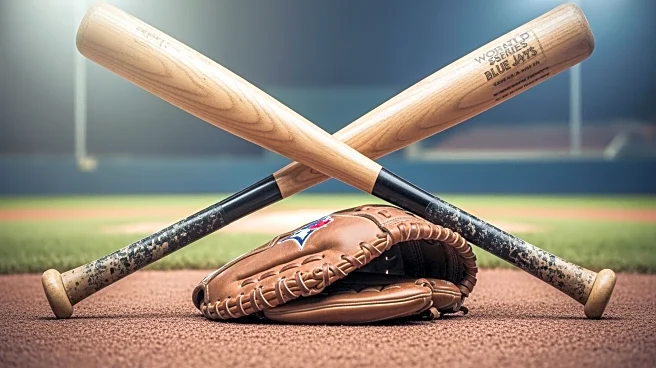What's Happening?
Alejandro Kirk, the Toronto Blue Jays catcher, has drawn attention during the World Series for his notably short stature. Officially listed at 5-foot-8, Kirk is among the shortest players in Major League
Baseball. Despite his height, Kirk's performance in Game 1 of the World Series was impressive, as he secured three hits, including a two-run home run, while also catching a stellar game. Kirk's physical attributes, including his weight of 245 pounds, make him a unique presence on the field, but his hand-eye coordination and skill are what truly matter in baseball. Kirk is part of a group of players who defy the typical expectations of height in the sport, proving that success in baseball is not solely dependent on physical stature.
Why It's Important?
Kirk's success challenges traditional perceptions of athleticism in baseball, where height and physical build are often emphasized. His performance underscores the importance of skill and coordination over physical attributes, potentially influencing scouting and player development strategies. Kirk's achievements may inspire other players who do not fit the conventional mold to pursue careers in professional sports, highlighting diversity in athletic profiles. Additionally, Kirk's role in the World Series brings attention to the Toronto Blue Jays and their roster of players who contribute significantly despite not fitting typical athletic stereotypes.
What's Next?
As the World Series progresses, Kirk's performance will continue to be scrutinized, potentially impacting his career trajectory and the Blue Jays' strategies. If Kirk maintains his high level of play, it could lead to increased recognition and opportunities within the league. The Blue Jays may leverage Kirk's unique profile to inspire and attract diverse talent, emphasizing skill over physical conformity. Other teams might also reconsider their scouting criteria, focusing more on player capabilities rather than physical attributes.
Beyond the Headlines
Kirk's presence in MLB highlights broader discussions about diversity and inclusion in sports. His success may encourage leagues to promote a wider range of athletic profiles, challenging stereotypes and fostering a more inclusive environment. This shift could have long-term implications for how athletes are perceived and valued, potentially leading to more varied representations in sports media and marketing.
